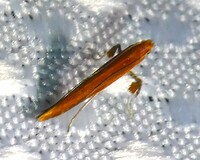
| Recorded by: Owen McConnell and Simpson Eason on 2024-06-21
Graham Co.
Comment: | 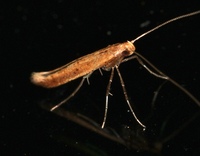
| Recorded by: Jim Petranka on 2024-04-15
Madison Co.
Comment: |

| Recorded by: Jim Petranka on 2024-04-08
Madison Co.
Comment: | 
| Recorded by: K. Bischof on 2024-04-08
Transylvania Co.
Comment: |

| Recorded by: David George, Stephen Dunn, Jeff Niznik, Rich Teper, Becky Watkins on 2023-07-30
Swain Co.
Comment: | 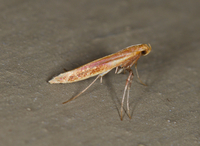
| Recorded by: Jim Petranka and Becky Elkin on 2022-08-14
Madison Co.
Comment: |
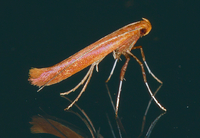
| Recorded by: Jim Petranka on 2022-03-06
Madison Co.
Comment: | 
| Recorded by: tom ward on 2021-10-08
Buncombe Co.
Comment: |
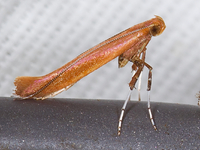
| Recorded by: Jim Petranka and Bo Sullivan on 2021-08-02
Ashe Co.
Comment: | 
| Recorded by: Jim Petranka on 2021-05-28
Buncombe Co.
Comment: |
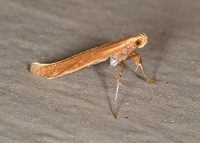
| Recorded by: Jim Petranka and Becky Elkin on 2021-05-21
Madison Co.
Comment: | 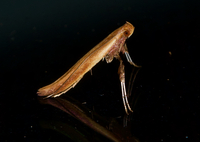
| Recorded by: Jim Petranka on 2021-04-12
Madison Co.
Comment: |

| Recorded by: Jim Petranka on 2021-03-11
Madison Co.
Comment: | 
| Recorded by: Jim Petranka and Becky Elkin on 2019-07-25
Madison Co.
Comment: |
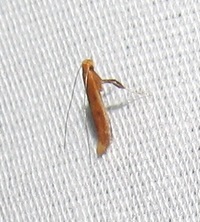
| Recorded by: B. Bockhahn, P. Scharf on 2016-06-28
Yancey Co.
Comment: | 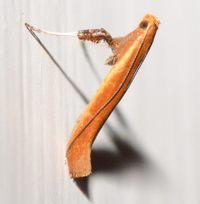
| Recorded by: Kyle Kittelberger, Paul Scharf, Brian Bockhahn on 2015-06-17
Avery Co.
Comment: |
|

 »
»



 »
»

